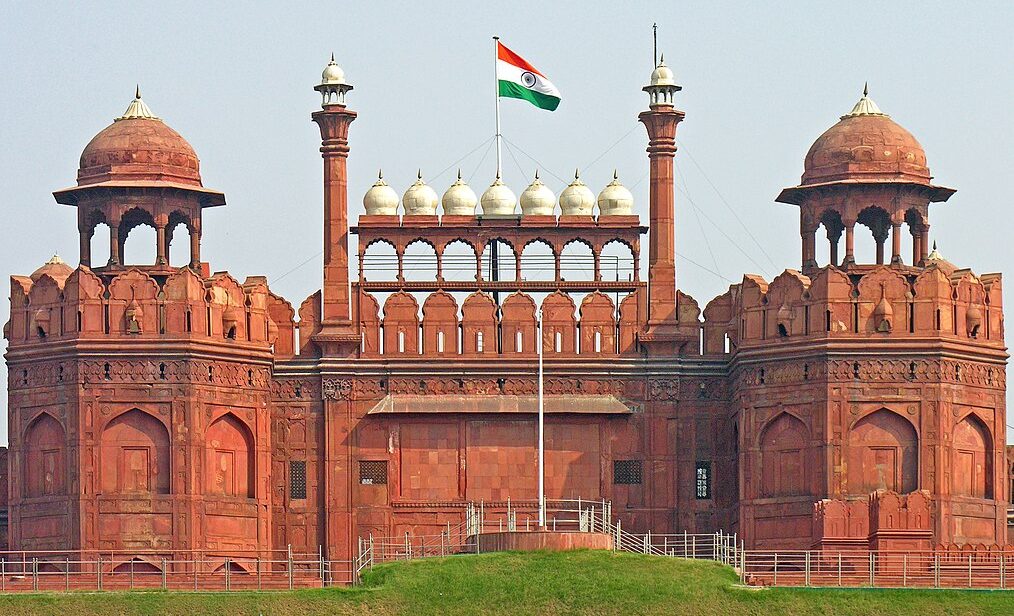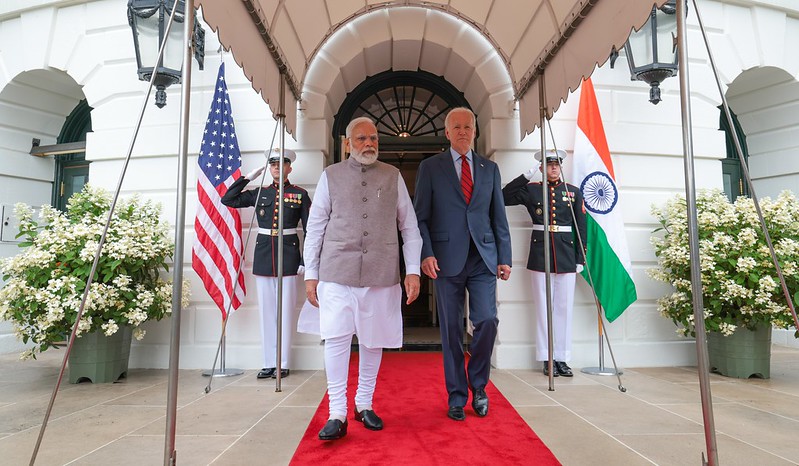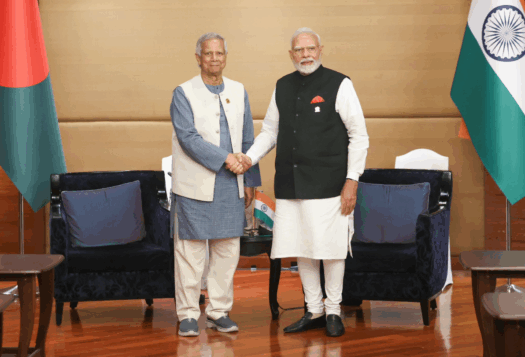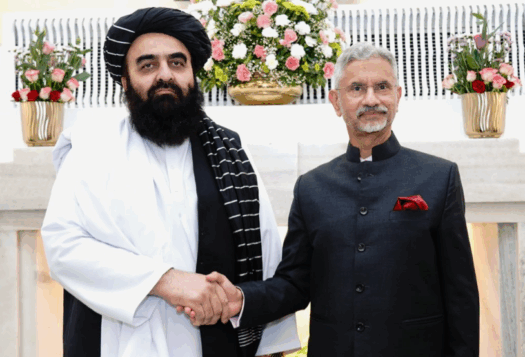
During the Cold War, divergences in geopolitical outlooks meant that India-U.S. ties were estranged, with non-existent defense cooperation. Today, the convergence of interests between India and the United States, coupled with the challenge of a rising China’s military adventurism, has made the defense partnership “a key driver” of India-U.S. relations. However, contrary to the partnership’s defense trade, its defense-industrial collaboration has yielded no substantive results due to reluctance among American elites, regulatory issues, and remaining strategic divergences. While recent initiatives signal bright prospects ahead, both sides still have much to improve on regarding policy alignments, multistakeholder engagement, and increased private sector involvement.
While recent initiatives signal bright prospects ahead, both sides still have much to improve on regarding policy alignments, multistakeholder engagement, and increased private sector involvement.
India-U.S. Defense Ties: 2005-present
India-U.S. bilateral defense cooperation, viewed as “an anchor of global security” by both sides, has evolved over the years by promulgating institutional mechanisms, agreements, and initiatives. The 2005 framework agreement for defense cooperation aimed to build a comprehensive and mutually beneficial partnership and laid the foundation for enduring defense ties. In 2012, the Defense Trade and Technology Initiative (DTTI), a landmark agreement, was introduced to bypass the constraints of each state’s bureaucratic structures that obstruct meaningful defense cooperation by focusing on industrial cooperation.
Meanwhile, the United States’ recognition of India as a Major Defense Partner (MDP) in 2016 elevated defense trade and technology sharing with India to a level commensurate with the U.S.’ closest allies. The two partners also signed “foundational” military pacts between 2016 and 2020, meant to actualize the corresponding provision of logistics support and further interoperability. Concluding these agreements was necessary as Washington’s Department of State Regulation, Circular 105, makes technology transfer conditional upon signing military agreements with their recipients.
Prime Minister Narendra Modi’s state visit to Washington in June 2023 reinvigorated burgeoning India-U.S. defense ties. The visit witnessed unprecedented defense deals involving the bilateral co-production of F-414 jet engines and an agreement to supply India with MQ-9B advanced drones. The jet engine deal features an extraordinary technology transfer of up to 80 percent, which is a major leap forward for India’s indigenous aircraft manufacturing capabilities. This deal is considered “historic” as the United States views its jet engine technology as its “crown jewel.” Additionally, the procurement of armed drones would significantly enhance India’s intelligence and operational capabilities across all domains. With the drone deal, India is now the only non-ally to be offered a Missile Technology Control Regime Category-1 Unmanned Aerial System, showcasing an unparalleled U.S. commitment to enhance India’s combat capabilities and establishing an example for the course of their defense relations.
The state visit also transpired during the launch of the India-U.S. Defense Acceleration Ecosystem (INDUS-X), an initiative to facilitate collaboration on defense technology design and production. INDUS-X has been launched to bring the Initiative on Critical and Emerging Technologies (iCET) into action. Announced in May 2022, iCET emphasizes collaboration on dual-use technology. The initiative, steered by each state’s National Security Council, attempts to rectify the limitations of the DTTI by enabling institutional linkages across sectors, departments, businesses, start-ups, and academia.

Partnership Hurdles
The evolving defense partnership faces three fundamental issues: a reluctant American political fraternity, regulatory hurdles, and strategic divergences.
First, absorbing foreign technology can be a time-consuming process, and the gestation period for projects under the DTTI has proved sluggish. The initiative failed to build momentum despite some successful low-scale projects. This failure was partly due to the absence of an overarching framework for technical cooperation, which resulted in both states’ agencies operating independently without coordination. Consequently, achieving necessary procedural alignment became more difficult and elusive over time. Antithetical to India’s desire, the United States’ inclination toward arms sales over sharing critical technology with non-allies remains the primary factor behind the nominal progress of the initiative.
The White House remains unsure regarding its partner’s political will to deter Chinese belligerence in the Western Pacific. The Biden administration expects more from India in deterring Chinese assertiveness in the Indo-Pacific, but aside from India’s desire for peace with China, its security interests primarily lie in the Indian Ocean Region. Thus, both states have different approaches toward tackling China, which could potentially become an obstacle to the evolving defense partnership.
Second, at odds with the MDP designation, India faces stringent restrictions under American legislation, i.e., the Arms Export Control Act (AECA) 1976 and the International Traffic Arms Regulations. This means that critical technologies required for developing advanced platforms like nuclear-powered submarines cannot be shared with India. In fairness, there are regulatory hurdles on the Indian side, too. Although India has streamlined the Defense Acquisition Procedure, the acquisition timeline remains slow primarily due to a mismatch between procurement plans and budgetary allocations. American firms have also complained about the Indian administration’s laxity in granting timely offset credits, which puts companies at risk of severe penalties. These regulatory issues have thus weakened the partnership’s efficacy.
Third, New Delhi and Washington’s ties with Russia and Pakistan, respectively, are also an impediment. The U.S. has granted India a waiver under its Countering America’s Adversaries through Sanctions Act (CAATSA), 2017, for the latter’s S-400 system purchase from Russia. However, India’s independent stance on the Ukraine invasion and spiraling oil purchases from Moscow has not helped relations with the United States. Furthermore, Washington has also expressed concerns about India’s arms purchases from Russia as Russian-origin platforms are technologically incompatible with those of the United States, making interoperability far-fetched. Likewise, in 2016, a U.S.-Pakistan defense deal had a notable impact on ties between India and the United States. India refused the U.S.-based Lockheed Martin’s offer to relocate its F-16 system assembly line to India as the American offer came on the heels of its decision to sell the same aircraft to Islamabad. India insisted that Washington halt F-16 aircraft sales to Pakistan due to concerns about their impact on regional deterrence, and also lodged a strong official complaint with Washington after the sale. These strategic divergences limit the untapped potential of their defense partnership.
India would do well to remember that it is a prized partner, not an ally. Thus, the Indian government could consider moderating its expectations while simultaneously diversifying away from Russia.
Looking Ahead
Despite these hurdles, recent initiatives and bipartisan political support in the United States for strengthening India-U.S. ties suggest that this defense partnership holds promise, irrespective of how the U.S. presidential elections unfold in November 2024. While the successful materialization of the jet engine deal could be a game-changer for the broader strategic partnership, both sides would need patience, especially if previous cases of technical cooperation are any indicator.
Much will depend on the implementation of institutional mechanisms, including iCET. However, the opportunities for collaboration established under the DTTI mean that aligning procedures would become easier. Although India has increased its budget for defense technology programs, its Research and Development (R&D) budget remains modest and should be enhanced. In the future, the progress of technical cooperation will partly depend on the efficiency of private-sector collaboration. Given that initiatives like iCET require alignment across strategic, commercial, and scientific approaches, New Delhi should consider introducing incentivization structures for the expeditious involvement of its private sector.
For this partnership to progress, both states need to side-step their strategic divergences and address their respective regulatory issues. Nevertheless, India would do well to remember that it is a prized partner, not an ally. Thus, the Indian government could consider moderating its expectations while simultaneously diversifying away from Russia. Additionally, multistakeholder engagement and bridging interoperability would be imperative to maximize the potential of a partnership that is “amongst the most consequential in the world.”
Also Read: India in 2023: Year of India-U.S. Bilateral Exchanges & Burgeoning Defense Ties
***
Click here to read this article in Urdu.
Image 1: PM Modi and President Biden via Flickr
Image 2: The Red Fort via Wikimedia Commons


